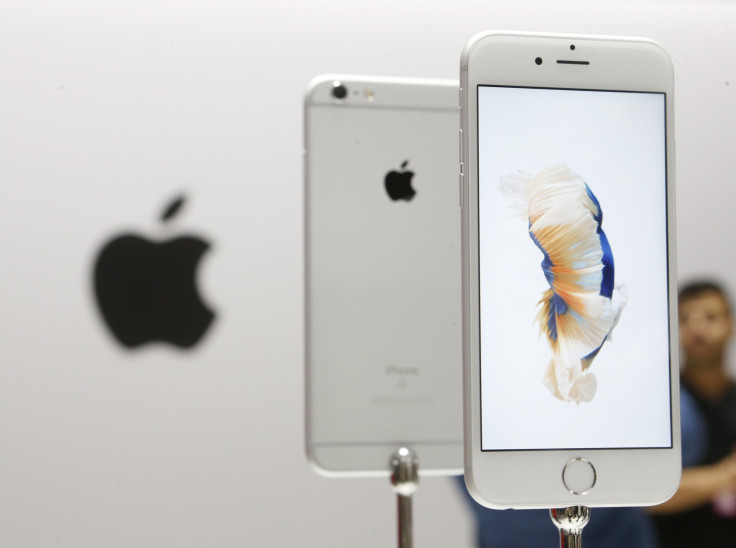iPhone 6S Vs. Samsung Galaxy S6 Vs. Sony Xperia Z5: How Top Android Phones Measure Up Against Apple Inc.'s iOS 9 Flagship [VIDEO]

When a new iPhone comes out (even a mid-cycle “S” upgrade), it’s the benchmark many consumers use to measure the worth of other smartphones like Androids and Windows Phones. So how do some of the best non-iPhones stack up, now that iOS 9 is available?
Here are some of the iPhone 6S’ highlights: There’s a new rear-camera setup, with a 12 megapixel lens. It can shoot 4K video, as well as full HD at 120fps and standard HD at 240fps. There’s an upgraded A9X processor, though Apple’s not yet saying how fast it is, and 2GB of RAM on board. The screen remains the same 4.7-inch, 1334 x 750-resolution one as the iPhone 6. As is the tradition with iPhones, there’s no expandable storage (storage is all internal, whether you buy the 16, 64 or 128GB model).
Apple’s biggest competitor in phones is probably still Samsung. In March 2015, Samsung released the Galaxy S6; the Galaxy line was well-liked for its removable battery and upgradable storage, but the S6 has neither of these things (you might consider the LG G4 if you want those features, though it's a bigger phone). The screen is a bit larger at 5.1 inches and Samsung’s AMOLED display is a much more dense 2560 x 1440 pixels. The rear camera is a bigger 16MP lense that can also shoot 4K video, but it can’t do 240fps like the iPhone. It can handle 120fps and has a bigger battery than the iPhone, however.

Then there’s the Sony Xperia Z5. Sony’s had trouble selling its phones recently, but not for a lack of quality. The Z5’s crown jewel will be its camera, as is sort of a Sony tradition. It’s a huge 23MP lens, capable of shooting 4K videos like the others, but also like the Samsung it can’t match the iPhone’s 240fps. It doesn’t have the crazy resolution of the Galaxy -- it’s a 1920 x 1080 screen, which helps the battery last around two days. It’s also got 3GB of RAM and a microSD slot for extra storage.
But what about something a little different? Microsoft will formally announce the next set of Windows Phones in October. Competing with the iPhone 6S will be the Nokia Lumia 950. We know it’ll likely have a 5.2-inch, 2560 x 1440 OLED display, with 3 gigs of RAM and 32 gigs of storage plus a microSD slot. It will support wireless charging, have a 20MP camera, and run on Windows Phone 10. If you can get over some of the stigmas associated with Windows phones, it may be a good choice.
Overall, most of the competition edges out the iPhone 6S, at least on spec sheets. But Apple has always successfully sold their products on the capabilities of software, so numbers only paint part of the picture. Still, it's good to know what other phones can do on a technical level.
© Copyright IBTimes 2025. All rights reserved.




















